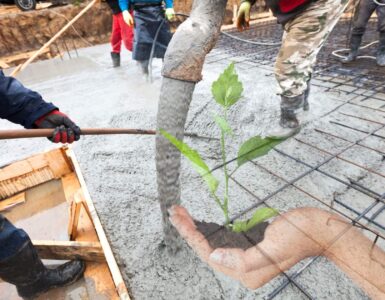Around forty years ago from now, the idea of having lab-grown human organs was a mere unreality. It was a dream, especially for people without a specific organ they would wish for themselves. Thanks to the widespread benefits of technology that today it isn’t a dream anymore. Yes, it is a velvet reality!
Replacement organs from plastic and metal have finally come to play with scientists experimenting now and then. That is why millions of people today are getting diverse transplants and living their dream. Let us read into this a bit more to find out how far we are from lab-grown human organs today! It will give you a better insight about how humans are trying to make the most of artificial organs to treat patients in the long run.
How far are we?
Over the years, scientists have successfully developed fully-grown human structures that are so real; you won’t believe them. Of course, they are thoroughly tried and tested on various animals and humans to leave minimal room for risks. That is why scientists have grown an array of lab-grown human organs that will shock you never like before.
Mini Heart
Researchers have been able to develop stem cells that can evolve to become heart muscle and connective tissue. Once this happens, they gather together and start beating. There have been many videos on the same where the connective tissue secures the mini-heart as it beats. So, we have finally come up with that. You give them an electronic shock, and they start beating.
Bones
If you break a bone, you can always re-build it. Human-grown labs have also successfully discovered making bones that can heal quickly and get better. The stem cells from the bone marrow are suspended in a collagen cell. After that, they get exposure to a nano vibrator.
Liver
Scientists have also started growing liver from human stem cells today. The tiny liver cells form their blood supply and become adult liver cells. In fact, during several tests, these showcased usual liver functions, which proved to be a massive success for scientists.
Eyes
Today, scientists have also started growing eyecups by consistently using skin cells from people who have suffered from rare genetic eye problems. Those are now being executed to remove eye problems.
Skin
Today, US Doctors have also come up with lab-grown skin to treat patients with skin burns. They use thin layers of stem cells that are taken from patients. These stem cells are sprayed on diverse wounds that allow the skin to heal entirely without painful jabs or treatments.
Muscle
Today, scientists have also grown bundles of grown fibres that respond to electrical stimuli. So, any cell taken from a biopsy or those grown from pluripotent stem cells helped develop these stimuli. This could help test several treatments and lab-grown drugs as well.
Epidermis
We have also successfully grown epidermis in the labs that have been highly useful for scientists worldwide. These are produced from the patient’s epidermis, which is later transformed into progeny on a thin layer of fibrin.
Wait for the magic to spill
In 2021, we are hoping to see remaining lab-grown organs occur without any hindrance. Most of them are most likely to be constructed from human stem cells for the best results. Although growing lab organs isn’t easy, scientists are trying their best to develop new inventions and strategies to do the same. So, it is fair to say that we are only an inch away from fully grown human organs in the lab.
The technicians have to pay special attention to the right proportions and measurements of the stem cells utilised to create organs for diverse patients. So, now scientists will start experimenting with more complex organs. Today, researchers are also working hard to develop better bioreactors machined to offer temperature, humidity, nutrients, and more.
In 2021, it is estimated that scientists will help us broaden our knowledge of stem cells and their contribution to lab-grown human organs. Recently, some scientists are also working on improving the artificial oesophagus to understand how cells behave in a more complex situation. Many have already successfully grown them. So, now we can start analysing how artificial human bodies function differently from natural ones and improve them for better performance. So, better days are coming!





























